



Fife | unknown
Kellie is an area in the East Neuk of Fife a few miles inland from the village of Pittenweem. After King Malcolm Canmore came to the Scottish throne in the eleventh century, he awarded the lands of Kellie and Pitforthie in Fife to a Saxon noble named Siward. This was in return for Siward helping him wrest the crown from King MacBeth. The land remained in the family for the next 300 years.

He was captured and imprisoned by the new King of Scots, Robert the Bruce. His widow was a member of the prominent Oliphant family, and the lands of Kellie passed to them. The lands and titles remained under the control of the Oliphants until they were sold to the Erskines in 1613.
He was with the king during the infamous Gowrie Conspiracy, when John Ruthven, 3rd Earl of Gowrie, and his brother supposedly attempted to kidnap or assassinate the king. Erskine was rewarded afterwards with some of the lands confiscated from the family.
after which he was taken prisoner and held in the Tower of London. The Earls of Kellie continued to support the House of Stuart, and Alexander, 5th Earl of Kellie, was a Jacobite who joined the rising of Bonnie Prince Charlie and fought at the battle of Culloden in 1746. It is said that he hid in the stump of a tree for the whole summer following the battle. His son, Thomas, 6th Earl of Kellie, was a famous musician and composer.
The Hog family retained the estates until 1953. One of the most interesting features relating to the barony is Kellie Castle, whose earliest parts date from the fourteenth century, around the time that the Barony of Kellie passed from the Siwards to the Oliphants. The castle was expanded in the fifteenth and sixteenth centuries to include the north tower, and in 1606 work was completed on a large L-shaped block. The ceiling of the Great Hall was painted by DeWitt. The gardens were redesigned by the Lorimers, a famous artistic family who acquired the castle in the 1800s.






Fife | unknown
Kellie is an area in the East Neuk of Fife a few miles inland from the village of Pittenweem. After King Malcolm Canmore came to the Scottish throne in the eleventh century, he awarded the lands of Kellie and Pitforthie in Fife to a Saxon noble named Siward. This was in return for Siward helping him wrest the crown from King MacBeth. The land remained in the family for the next 300 years.
He was captured and imprisoned by the new King of Scots, Robert the Bruce. His widow was a member of the prominent Oliphant family, and the lands of Kellie passed to them. The lands and titles remained under the control of the Oliphants until they were sold to the Erskines in 1613.
He was with the king during the infamous Gowrie Conspiracy, when John Ruthven, 3rd Earl of Gowrie, and his brother supposedly attempted to kidnap or assassinate the king. Erskine was rewarded afterwards with some of the lands confiscated from the family.
after which he was taken prisoner and held in the Tower of London. The Earls of Kellie continued to support the House of Stuart, and Alexander, 5th Earl of Kellie, was a Jacobite who joined the rising of Bonnie Prince Charlie and fought at the battle of Culloden in 1746. It is said that he hid in the stump of a tree for the whole summer following the battle. His son, Thomas, 6th Earl of Kellie, was a famous musician and composer.
The Hog family retained the estates until 1953. One of the most interesting features relating to the barony is Kellie Castle, whose earliest parts date from the fourteenth century, around the time that the Barony of Kellie passed from the Siwards to the Oliphants. The castle was expanded in the fifteenth and sixteenth centuries to include the north tower, and in 1606 work was completed on a large L-shaped block. The ceiling of the Great Hall was painted by DeWitt. The gardens were redesigned by the Lorimers, a famous artistic family who acquired the castle in the 1800s.







Contact
Forum for the Scottish Baronage, c/o Brodies LLP, Capital Square, 58 Morrison Street, Edinburgh EH3 8BP, Scotland UK
Copyright
Copyright 2022, Forum for The Scottish Baronage, as a collective work, all additional rights to content contributed and/or licensed contained herein are expressly reserved to such contributors and licensors as independently owned and protected copyrighted works.